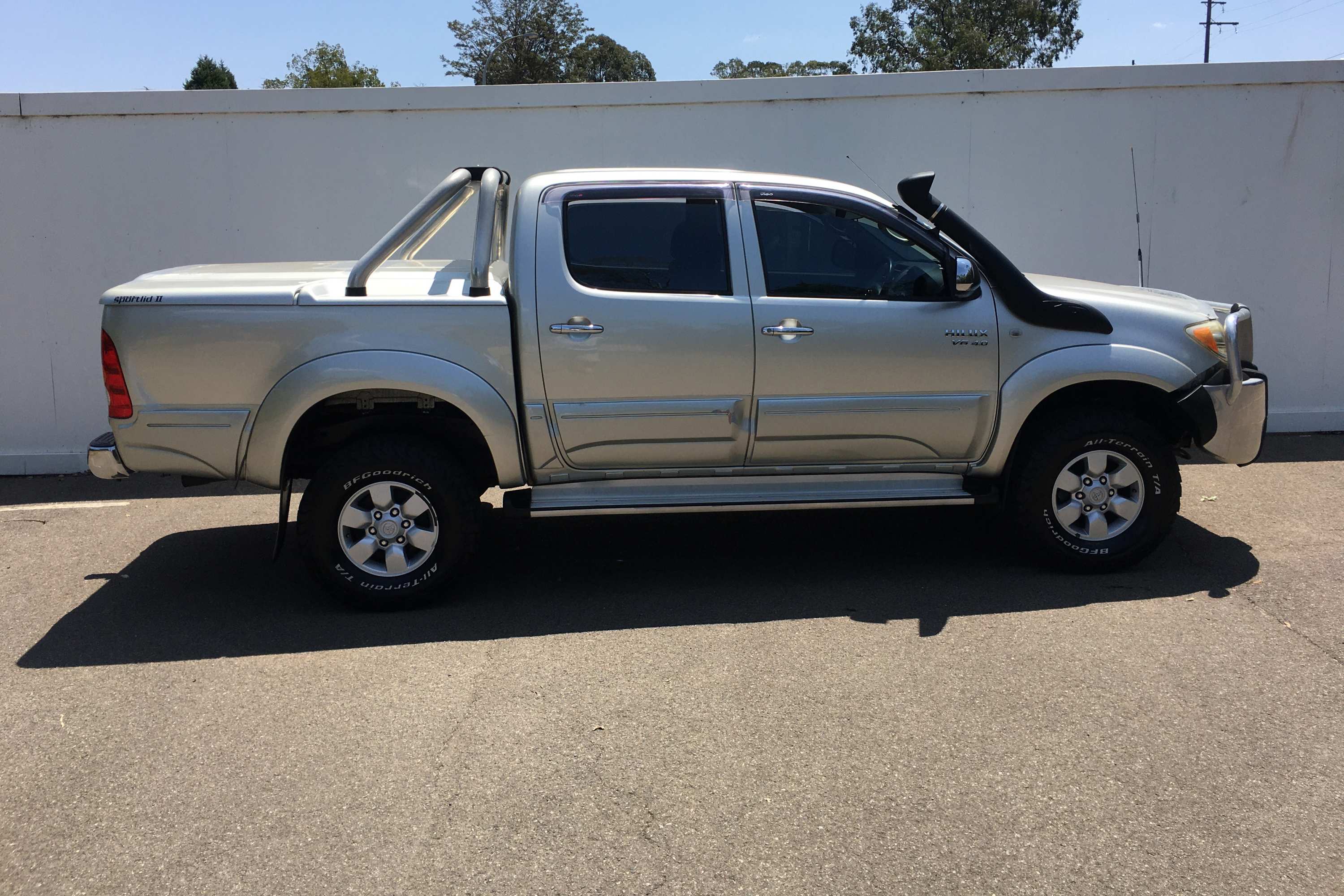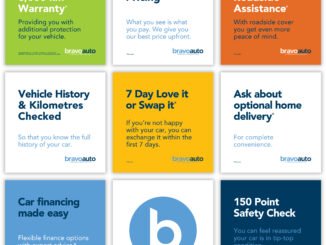 While buying a used car is cost-effective, it’s a worrying experience. My grandad used to say “when you buy someone’s car, you buy all their problems” – he had a point.
While buying a used car is cost-effective, it’s a worrying experience. My grandad used to say “when you buy someone’s car, you buy all their problems” – he had a point.
No used car is perfect, but there are some essential things you must inspect before purchasing a pre-owned vehicle if you want to drive off the lot in one piece.
If you’re considering buying used cars in san diego, especially those with super high mileage, it’s normal for there to be a little seeping here and there, but it shouldn’t be anything major.
Here are our practical tips for checking a pre-owned car’s engine. Don’t get ripped off!
Try an OBD2 Scanner Tool
OBD2 Scanners can be picked up pretty cheap these days, and they’re a brilliant way to check the error codes and warning lights on newer vehicles. If the vehicle has had a “check engine” light recently which has been fixed or deleted, the tool will be able to tell you.
Similarly, if there are frequent warning codes about a certain issue with the vehicle, the OBD2 should be able to show you this too. Essentially, you’re running a very basic diagnostics test on the car to make sure that major engine problems haven’t been swept under the rug temporarily.
Look for leaks
If you’re buying a vehicle which has super high mileage, it’s normal for there to be a little seeping here and there, but it shouldn’t be anything major. If possible, get on the ground and check underneath the car to see if any noticeable leaks are dripping from the chassis. This might be best to do with the engine running too.
Also, be sure to lift the bonnet and look for any obvious leaks around the engine itself. If the engine is clean and dust-free, this is actually quite suspicious. A super-clean engine makes a leak less obvious to see, so it can make the vehicle seem healthier than it is. A dusty engine will allow you to spot wet patches straight away, so keep an eye out for that.
Check the oil
Lift the oil cap to check that there isn’t any sludgy or foamy-looking oil underneath. If there is, this could be a sign of “blow-by” where air pressure comes up through the oil, causing problems. You might want to check this by turning on the engine of the car and placing your hand over the open oil cap to check you can’t feel any air blowing out.
Next, take the dipstick and check the oil level. Make sure it’s within the recommended range. If the oil level is low, it could be that the previous owner hadn’t topped it up, or it could be that the vehicle has problems with oil leakage. If the car has been cleaned up and serviced yet the oil level seems low, this is a cause for concern.
Also, when checking the oil in the cap and on the dipstick, keep an eye out for small metallic flakes too. Anything you see that isn’t a runny-looking liquid should raise an eyebrow.
Get the engine running
If you’re able to, turn on the engine and get it running. We can look at fluid levels and error codes all day, but a running engine is one of the easiest ways to spot problems. First of all, does the engine sound normal? Yes, it might sound a bit old, but are there any unusual noises or sounds that indicate trouble?
If you hear an unusual noise from the engine, try to follow it and locate the cause of the problem. It could be a minor fix that is easy to repair, or it could be a major dealbreaker. I’ve known cars with drive belts which squealed like banshees once the engine was on, but they were cheap to repair so I didn’t mind buying them regardless.
Also, once the engine has been running for a few minutes, try taking the temperature of the car to check that it isn’t overheating. Engines running too hot is a common problem with older vehicles, so make sure everything is in working order.
Look at the fluid levels
When the bonnet is up and the engine is off, check the levels of the engine coolant, oil, power steering fluid, brake fluid, etc. Are they all in their necessary ranges? If you find that one fluid is suspiciously low, this could be a cause for concern. Perhaps the owner forgot to top it up, or perhaps there’s a leak you’re not aware of.
Checking the fluid levels also helps you to calculate any additional expenses you may have. For example, if all the levels are low because the car simply needs them replaced, you need to budget for getting that service performed after you purchase the vehicle.
We hope you enjoyed these tips for checking a used car’s engine before you buy it! Ultimately, it’s difficult to know if a second-hand is 100% problem-free until you drive it for a few days, but hopefully these tips can eliminate any problem cars from your shortlist.

